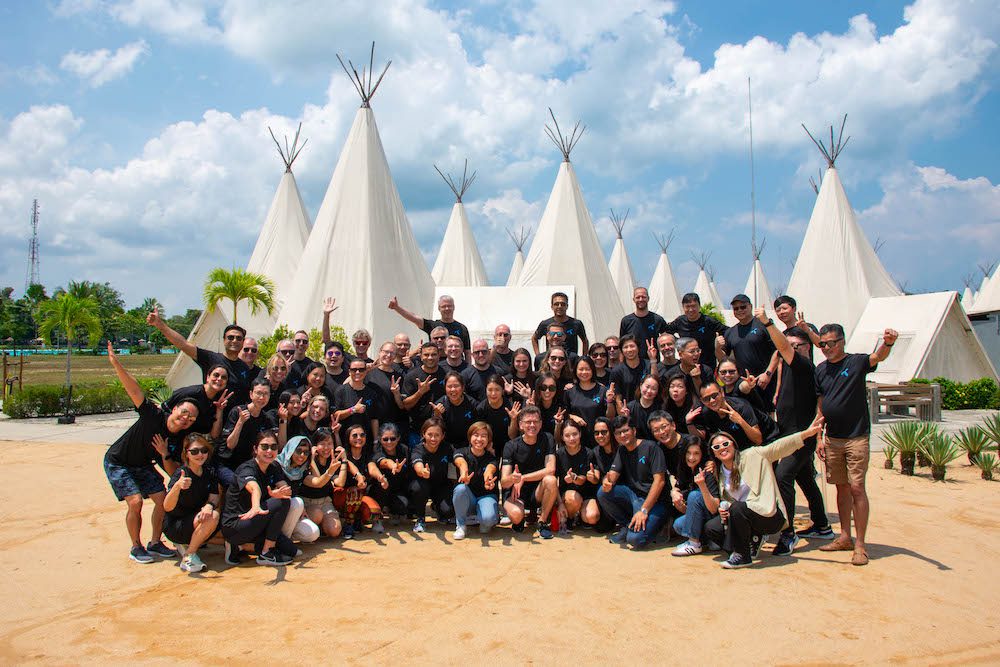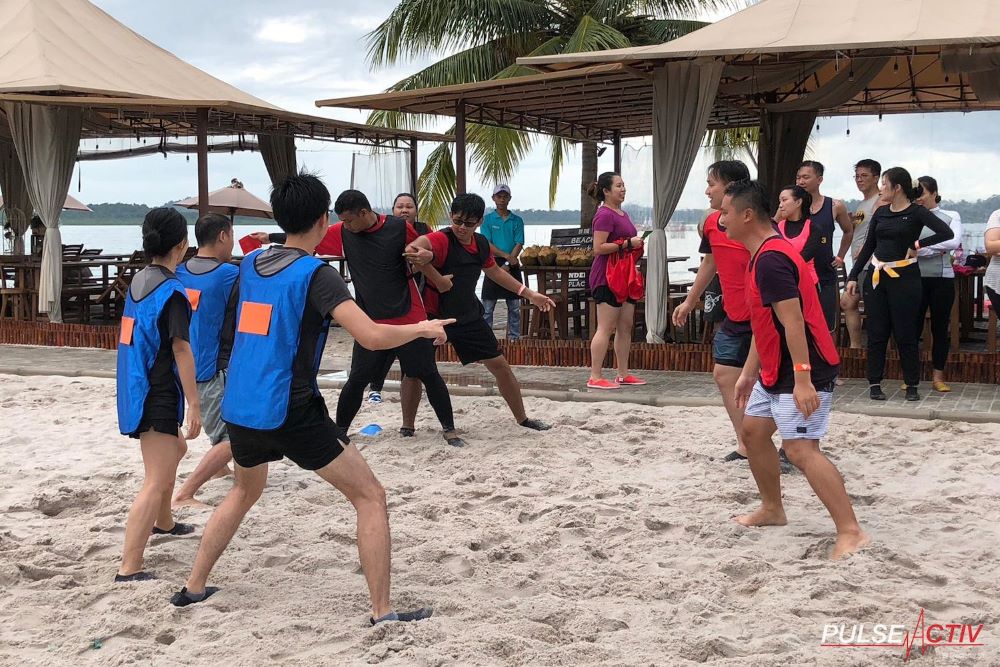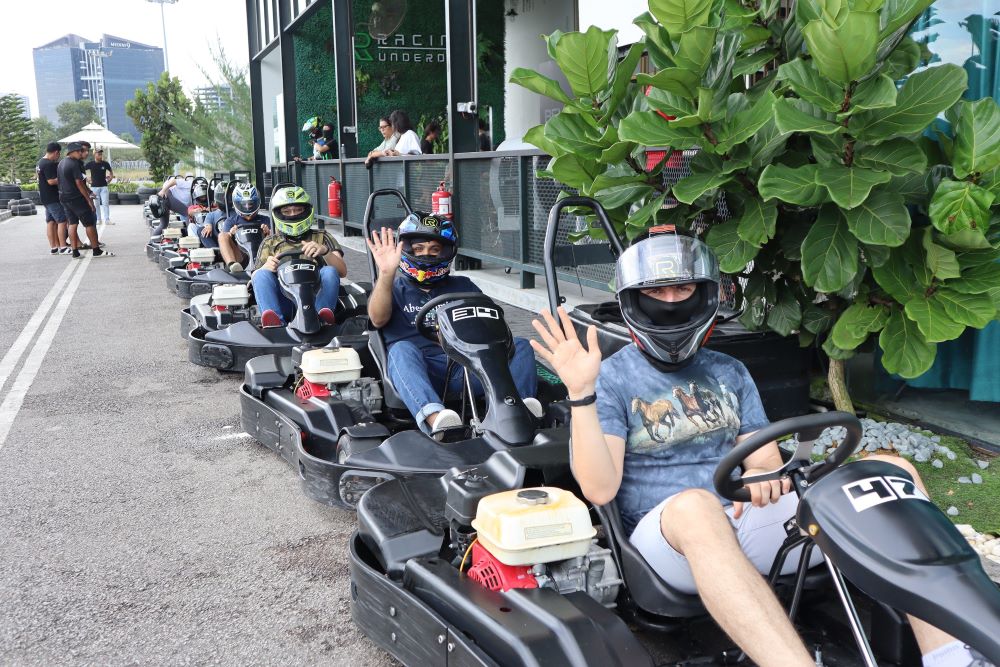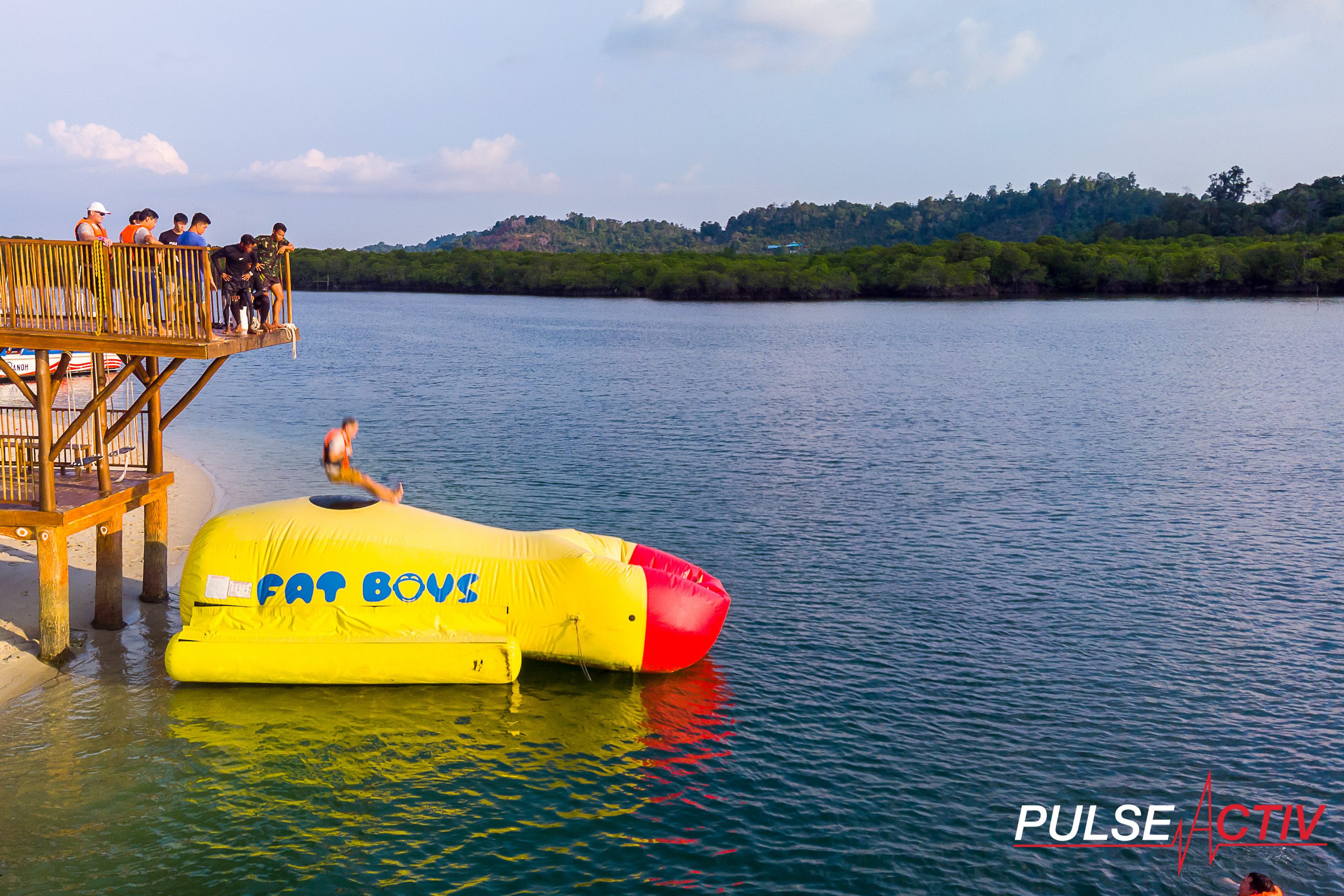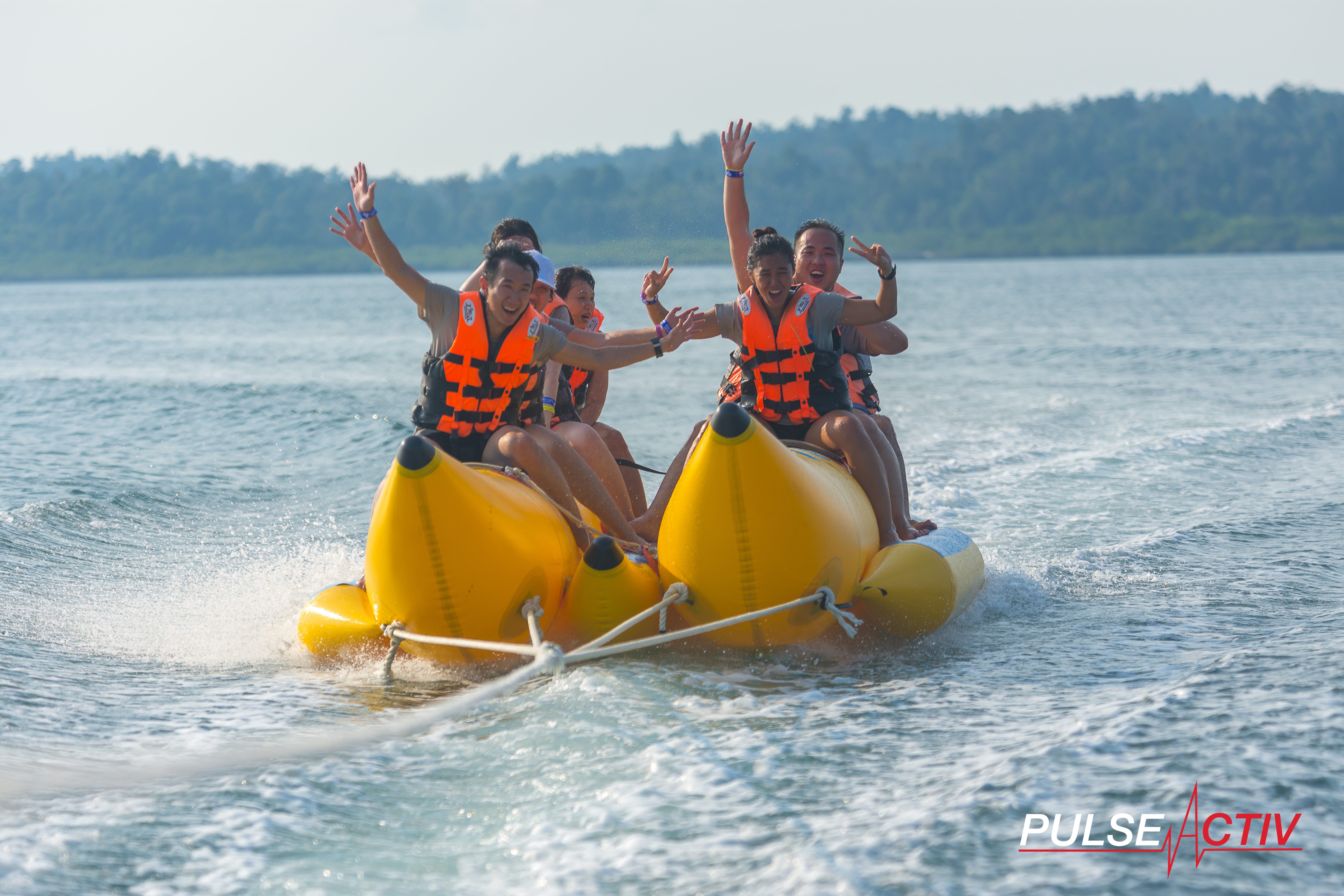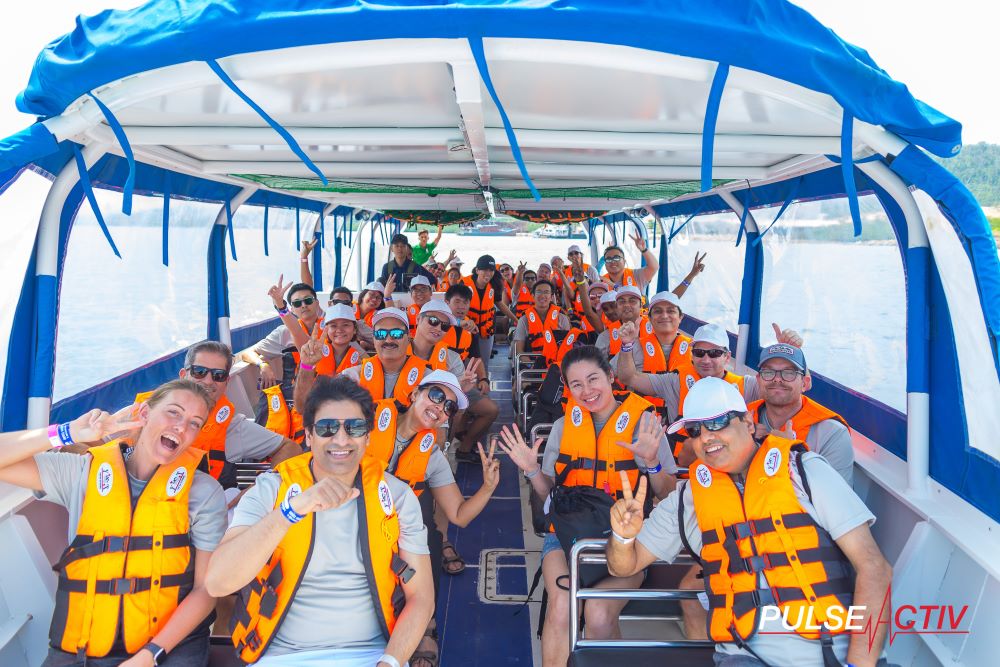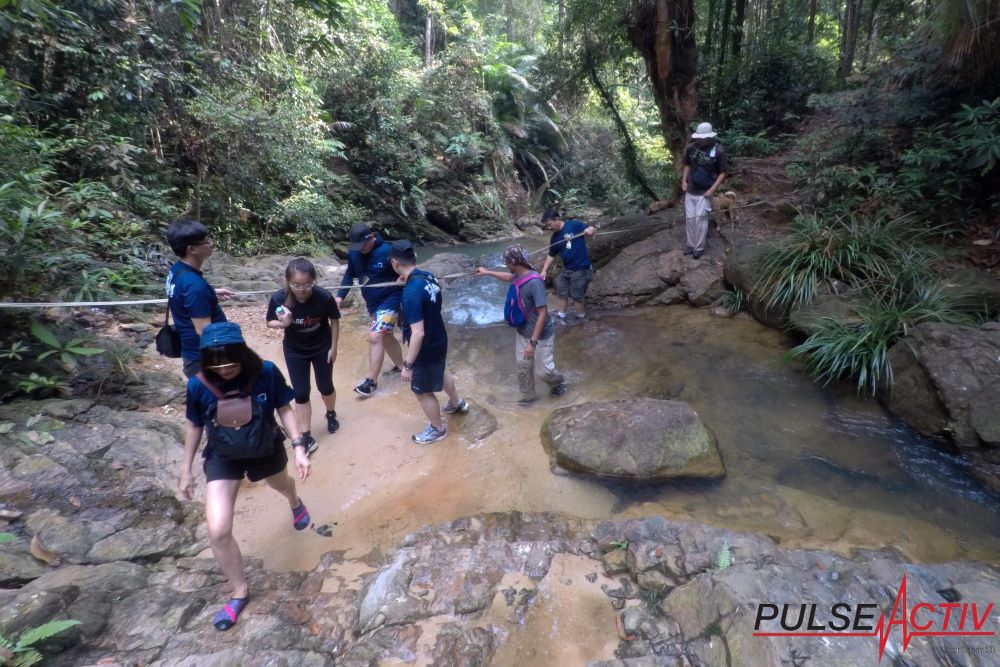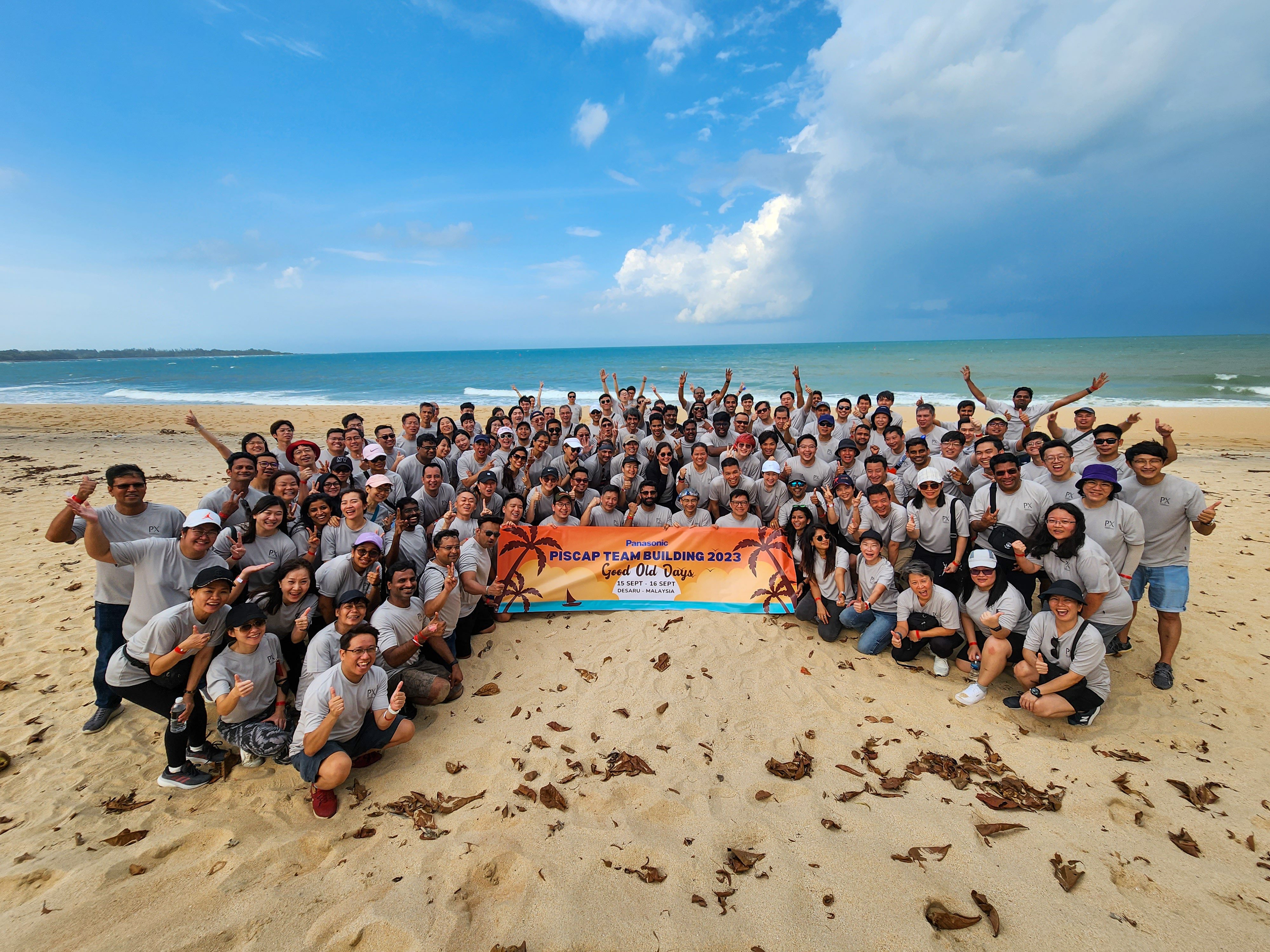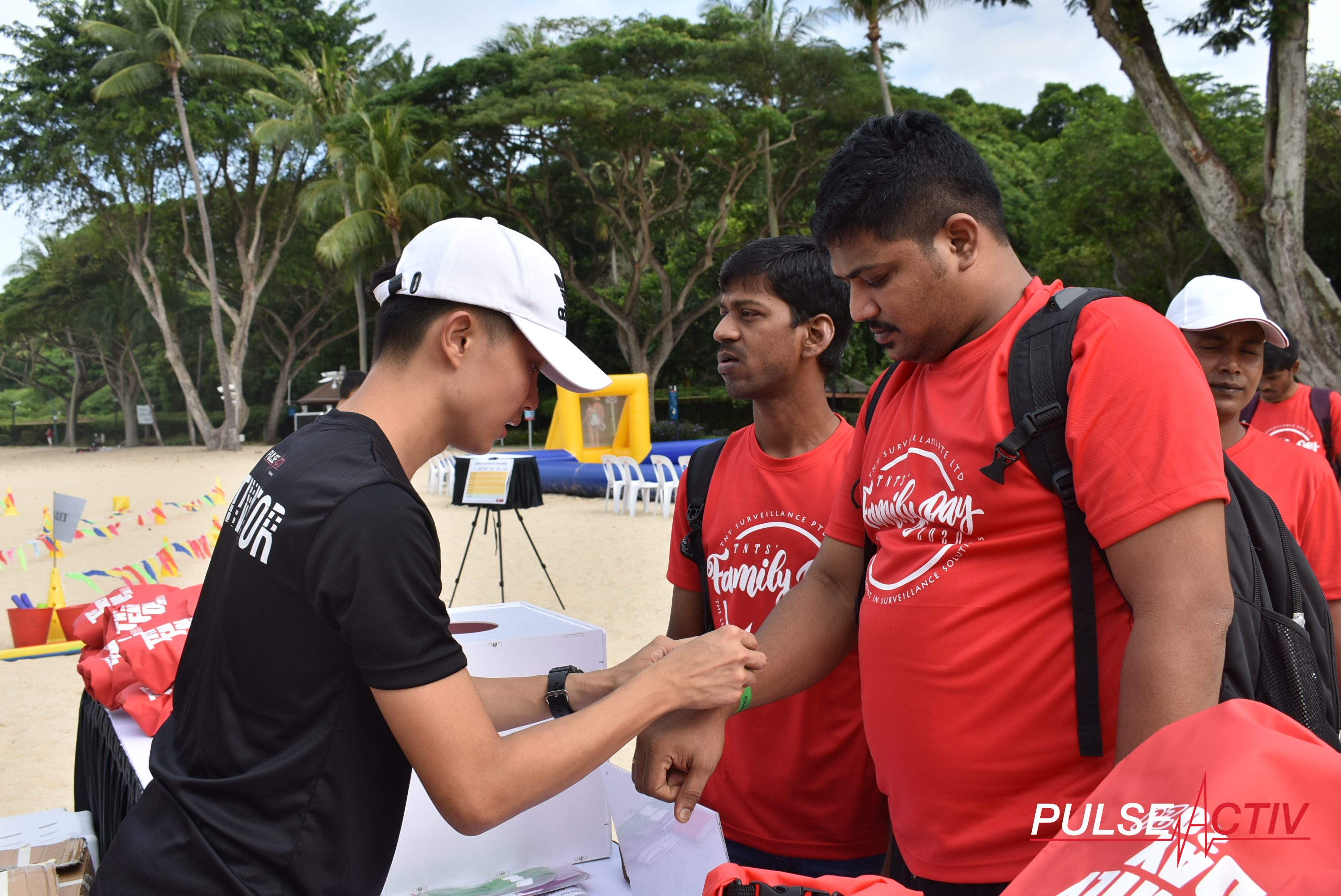Planning the Perfect Corporate Retreat in Singapore: Without Stress
In today’s fast-paced and hyper-connected world, hitting “pause” isn’t a luxury, it’s a necessity. More than just a company getaway, a corporate retreat is your opportunity to recharge your team, realign your goals, and reignite collaboration. But let’s face it: planning one can feel overwhelming.
From choosing the right venue to designing an engaging agenda and managing logistics, it’s easy to lose sight of what really matters: creating meaningful, lasting impact for your team.
At PulseActiv, we’ve helped hundreds of organisations across Singapore design corporate retreats that are not just fun but also purposeful, energising, and results-driven. In this guide, we’ll walk you through how to plan the perfect retreat (without the stress), and show you how to create an experience your team will be talking about for years.
Start With Clear & Powerful Objectives
Before you dive into locations or activities, take a step back and ask: Why are we planning this retreat?
Some of the most common (and effective) objectives include:
Reconnection: Rebuilding human connection after hybrid or remote work.
Alignment: Clarifying company goals, vision, or strategies.
Celebration: Recognising achievements and rewarding high performers.
Skill Development: Fostering leadership, collaboration, and communication.
Culture Building: Strengthening bonds and reinforcing values.
Tip: Invite leadership and HR to co-create a short objective statement. This becomes your North Star when planning.
Choose the Right Format: Onsite, Offsite, or Even Overseas?
Not all retreats need to be far from home, but the environment matters. The right setting can help your team disconnect from daily stress and re-engage on a deeper level.
Here are three formats to consider:
1. Onsite or Near-Site Retreats
Great for half-day or 1-day events.
Budget-friendly and easy to coordinate.
Ideal for light reboots or cultural resets.
2. Offsite Retreats
Removes distractions and promotes full immersion.
Perfect for strategic planning, big-picture discussions, or team bonding.
Locations can range from Sentosa to rustic beach resorts in Bintan.
3. Overseas Retreats
Great for regional teams or year-end wrap-ups.
Creates once-in-a-lifetime memories.
Requires more planning, but PulseActiv handles everything for you — from visas to venue bookings.
Craft an Engaging, Balanced Agenda
The best retreats strike a balance between fun, focus, and flexibility. A well-designed agenda energises, not exhausts.
Here’s a sample full-day flow you can use as inspiration:
| Time | Activity |
|---|---|
| 9:00 AM | Welcome Icebreaker & Goal-Setting |
| 10:00 AM | Team Strategy Challenge (e.g., Property Typhoon) |
| 12:00 PM | Lunch & Light Energiser |
| 1:30 PM | Outdoor Adventure (e.g., Ultimate Survivor) |
| 4:00 PM | Reflection, Awards & Photo Moments |
| 6:00 PM | Dinner, Social Mixer or Casual Networking |
Tip: Schedule moments for reflection, not just action. It deepens the impact and reinforces takeaways.
Make It Unique with Purposeful Activities
Your retreat should reflect your team’s personality and purpose. Here are just a few popular options from our diverse catalogue:
Mini Olympics
Fun, friendly and competitive. Sports-based challenges with a corporate twist. Great for all fitness levels.
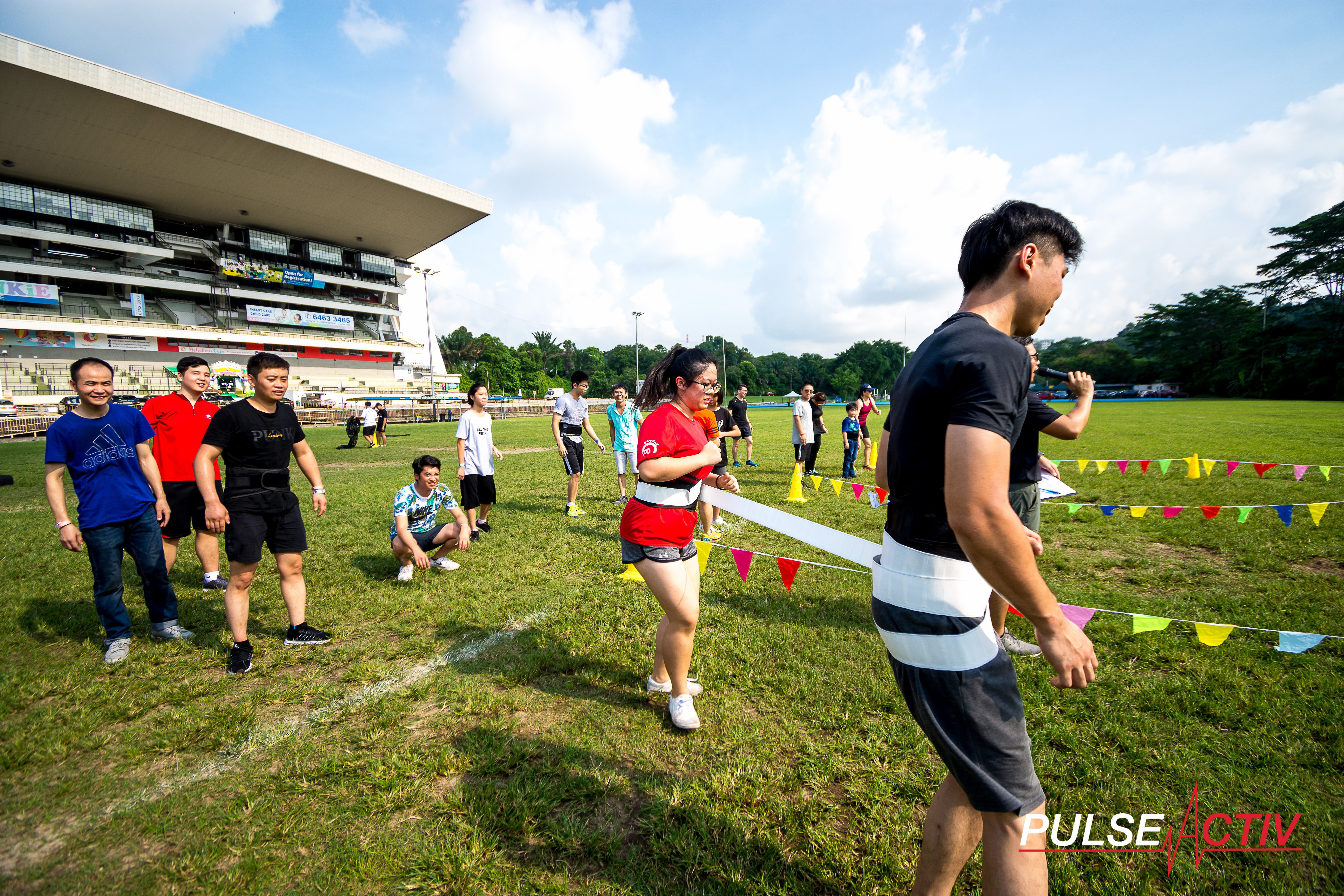
Pulse Amazing Race
Navigate the city while cracking clues and overcoming physical and mental challenges. Perfect for high-energy teams!

Makan Kakis
A retreat for food lovers — bond over Singapore’s iconic dishes through fun food-themed challenges.
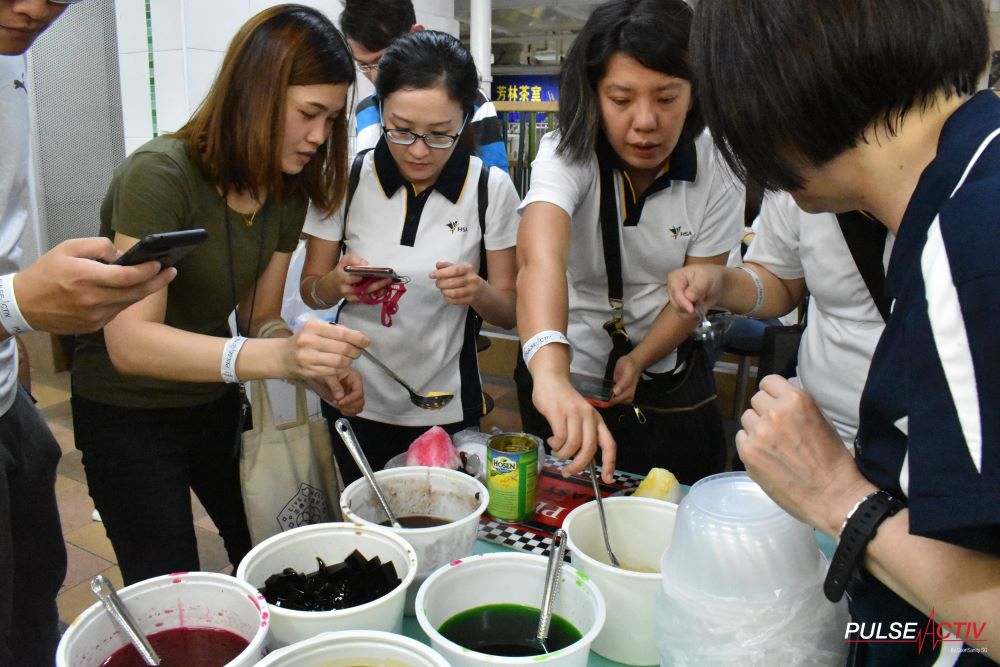
The Running Man Challenge
Inspired by the hit Korean variety show, this program is packed with head-to-head challenges, superpowers, and just the right amount of ridiculousness.
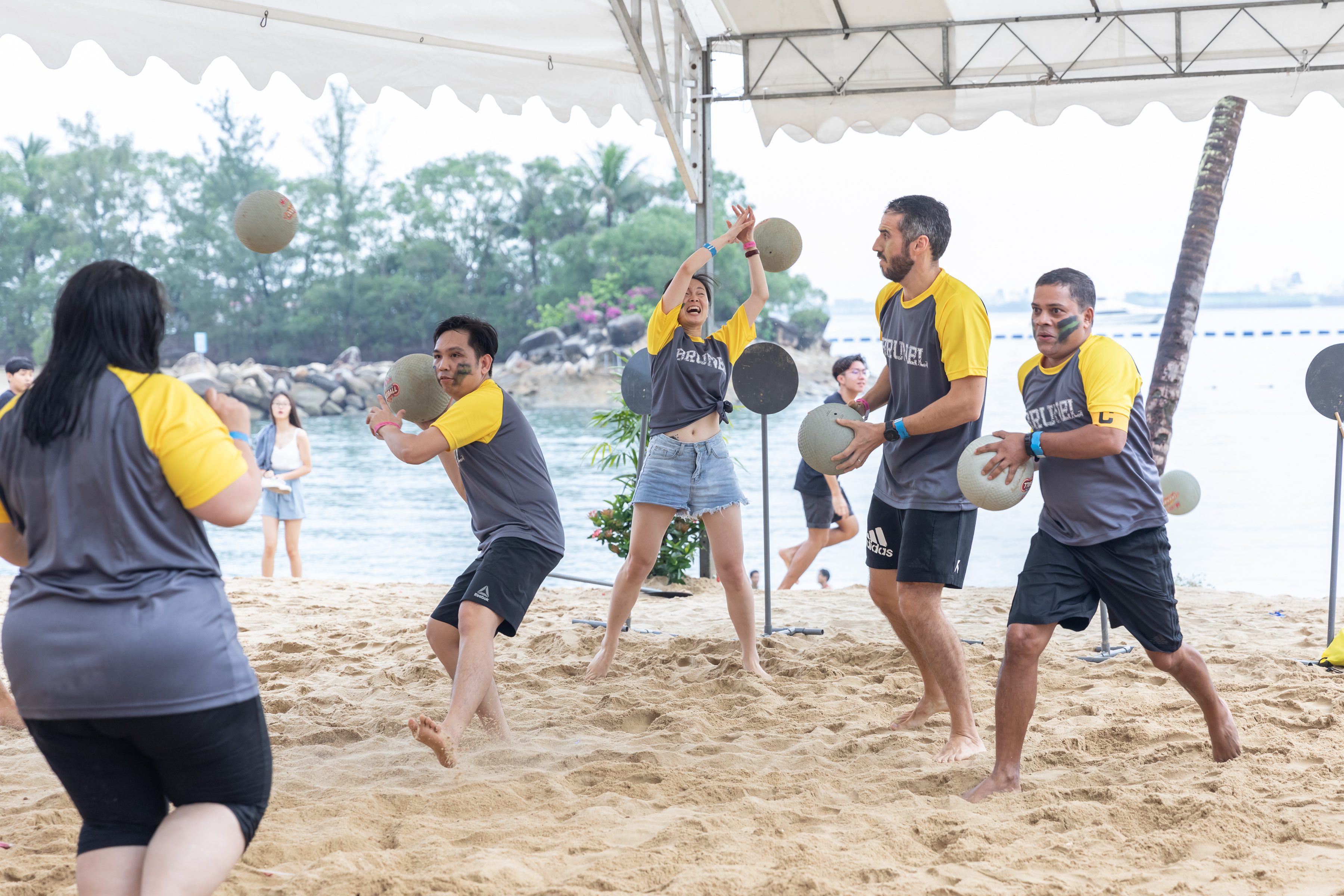
Dragonboat Mania
Take your team out on the water! Perfect for building rhythm, trust, and teamwork.
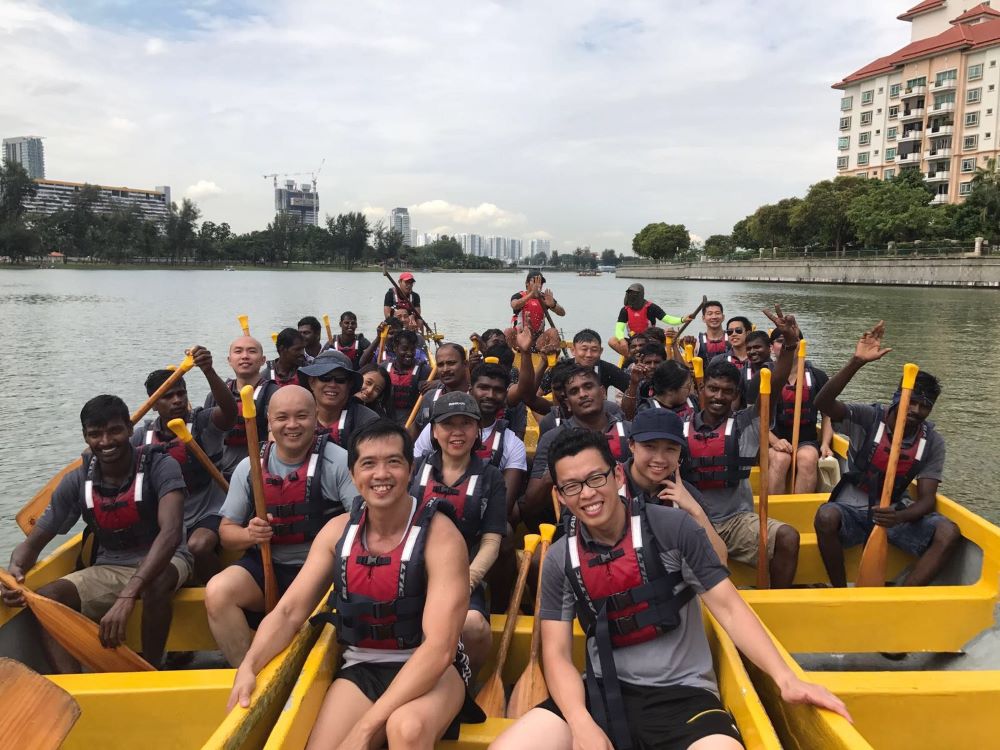
Customise to Fit Your Team Dynamics
Every team is different. Whether you’re managing a newly formed department, cross-functional group, or a team recovering from burnout, the experience should be tailored to your people.
We recommend:
Personalised ice-breakers and energisers
Group matching by communication styles or roles
Inclusive activities that keep everyone comfortable and engaged
At PulseActiv, we take time to understand your team’s needs, culture, and quirks before designing your retreat.
Leave the Logistics to the Experts
Planning a retreat doesn’t have to take over your HR team’s calendar. PulseActiv offers full-service retreat support, including:
- Venue sourcing and booking
- Transport and accommodation coordination
- Meal planning and dietary considerations
- Equipment setup and safety checks
- Program facilitation and emceeing
- Emergency and risk management
You get to focus on your people and we handle the rest.
Measure What Matters
How do you know your retreat was a success?
We help our clients track:
Participant engagement and feedback
Team morale before vs. after
Collaboration and communication improvements
Alignment with company vision and values
ROI through pre/post surveys and learning assessments
PulseActiv Tip: Always end with a post-retreat survey. Insights gathered can guide your next initiative.
Keep the Momentum Alive
Don’t let the retreat be a one-off event. Keep the good vibes going with follow-up actions like:
Monthly team pulse checks
Internal photo contests or video highlights
Virtual mini-challenges or games
Lunch-and-learn reflection sessions
Coaching or mini team check-ins
A good retreat starts something bigger. Make sure it leads to long-term culture change and stronger collaboration.
Conclusion: The Retreat That Works for You
A great retreat isn’t just about escaping the office, it’s about returning with purpose. With the right planning, thoughtful design, and expert support, your corporate retreat can be a springboard for deeper engagement, renewed motivation, and stronger team bonds.
At PulseActiv, we don’t just plan retreats. We craft transformational experiences — fun, meaningful, and stress-free.
Whether you’re dreaming of an adventure-filled day in nature or a deeply reflective session in a luxury retreat space, we’re here to make it happen. Explore our wide range of retreat programs or reach out today for a customised plan.
If you want to read more of our articles, click here.
